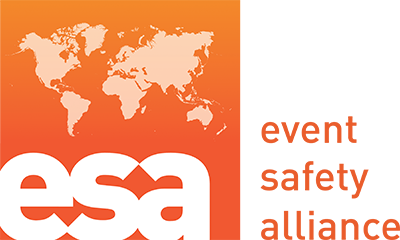UAV & UAS (Drones) Safety Protocols
by Hub Entertainment, http://hubentertainment.com
The Federal Aviation Administration (FAA) passed new regulations for the commercial use of small unmanned aircraft systems (UAS), more commonly referred to as drones. The provisions of the new rule, known as Part 107, became effective on August 29, 2016.
The new requirements for small commercial drone use in the United States essentially make entry into the commercial drone market much easier. Previously companies were required to request permission from the FAA for any commercial drone use by requesting a Section 333 exemption, which authorized the holder of the exemption the right to operate the drone for commercial purposes. This process was costly and it could take six months or more for the FAA to grant the exemption.
The new rule establishes various requirements for anyone who wants to operate a drone for commercial purposes which include operating requirements, pilot certification, UAS certification, privacy and responsibilities of the pilot in command. Below is a brief summary of the requirements. For more detailed information you can refer to FAA Part 107 Summary.
Who is qualified to fly?
• Anyone 16 years of age or older
• The pilot must speak, write and understand the English language.
• The pilot must be in physical and mental condition that does not interfere with safe flight procedures.
• The pilot will need to be vetted by the Transportation Security Administration.
What are the steps?
• Register your UAS with the FAA and make sure the aircraft is marked appropriately according to FAA standards.
• Demonstrate aeronautical knowledge by passing an initial aeronautical knowledge test at an FAA-approved knowledge testing center.
• After passing the test, complete an FAA Airman Certificate and/or Rating Application to receive a remote pilot certificate.
• Pass a recurring knowledge test every two years. What are the responsibilities?
• Upon request make your aircraft available to the FAA for inspection or testing.
• Report to the FAA within 10 days of any operation that results in serious injury or property damage exceeding $500.
• Conduct a preflight visual and operational check, including checking the communications link between the UAS and the control station, to ensure the UAS is safe for flight.
What are the rules?
• The UAS must weigh less than 55 lbs. Including payloads.
• Avoid manned aircraft and never operate in a careless or reckless manner.
• The UAS must remain within visual line-of-sight of the pilot at all times.
• You must fly during daylight or civil twilight (30 minutes before official sunrise to 30 minutes after official sunset, local time).
• Maximum altitude is 400 feet above the ground and maximum speed is 100 mph.
• You may not operate over any persons not directly participating in the operation, not under a covered structure, or not inside a covered stationary vehicle.
• You may not fly from a moving vehicle.
What does this mean if you are renting or using a drone for aerial photography or filming?
• Make certain the owner/operator of the UAS has the proper authorization from the FAA (has fulfilled the requirements outlined in Part 107 or has a Section 333 exemption).
• Make certain they have the proper insurance coverage in place—including aviation liability and physical damage (hull coverage) on the drone.
• Request a certificate of insurance naming your company as additional insured.
• If a large amount of filming is planned, consider purchasing a non-owned aviation policy to further protect the production company or business.
• Remain familiar with the FAA regulations—refer to FAA Unmanned Aircraft Systems for the most updated information.
• Know the local state and municipality laws regarding drone usage in the area you will be Filming.

